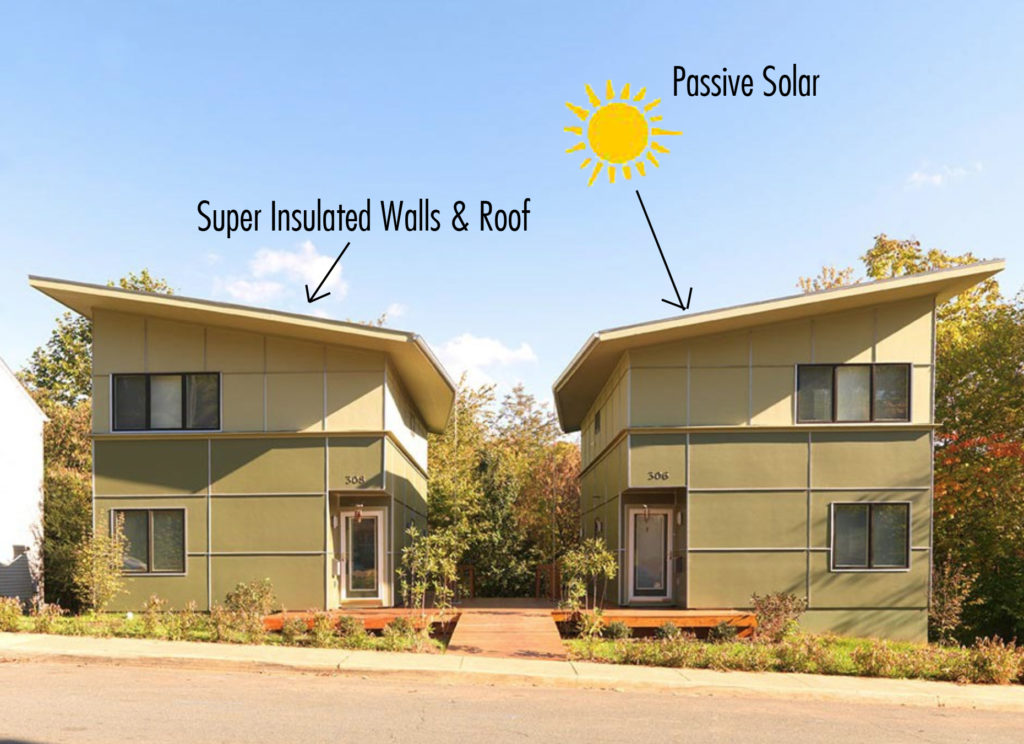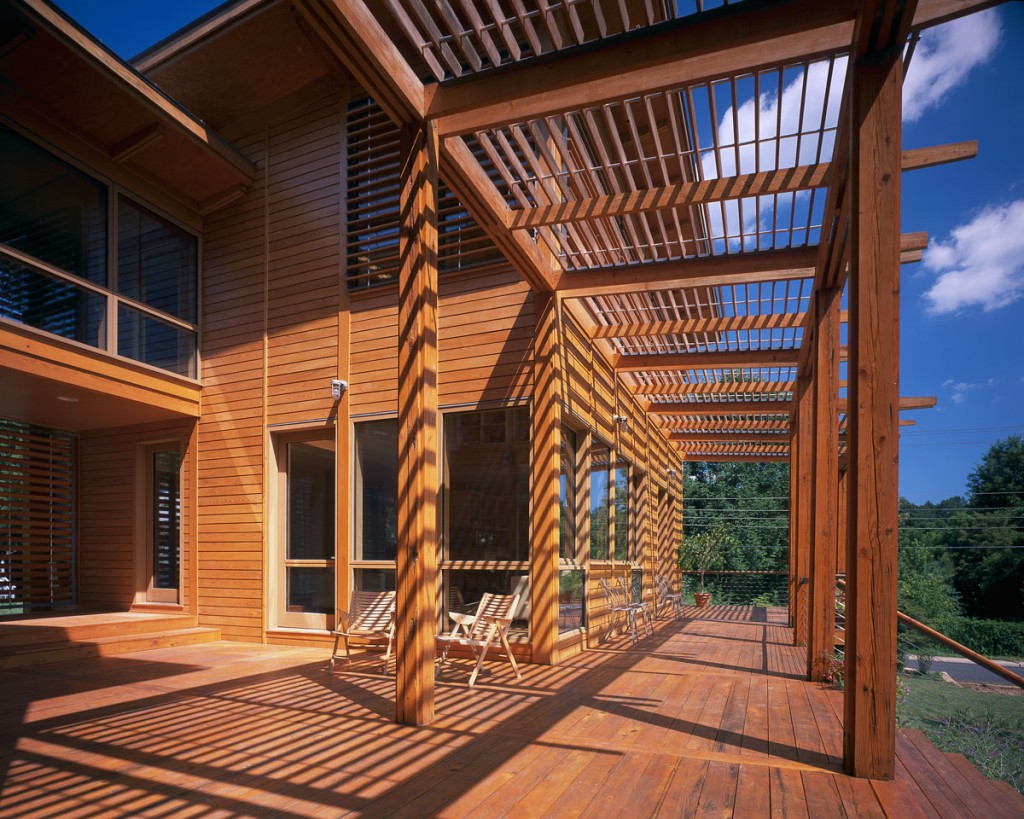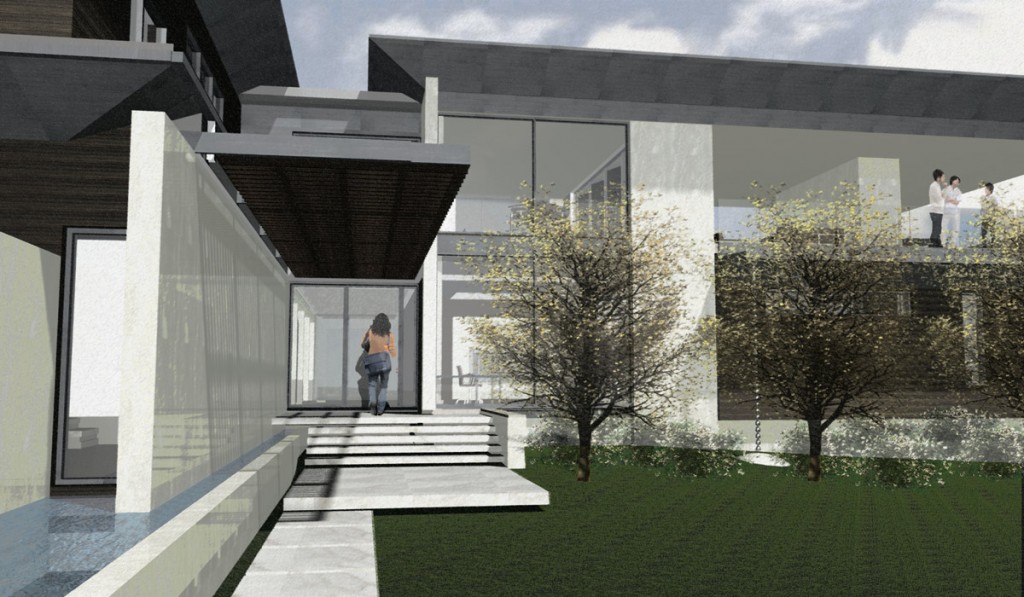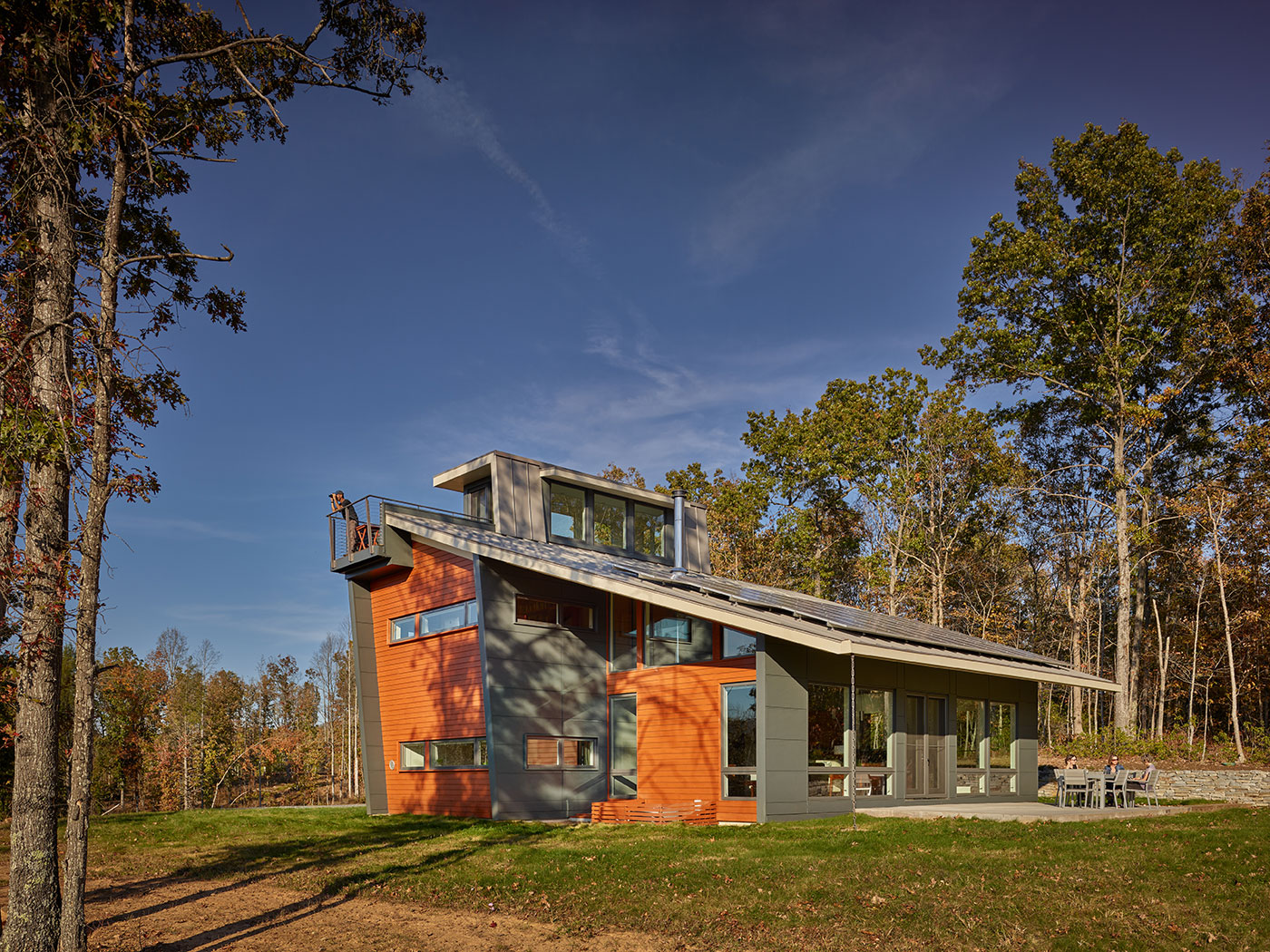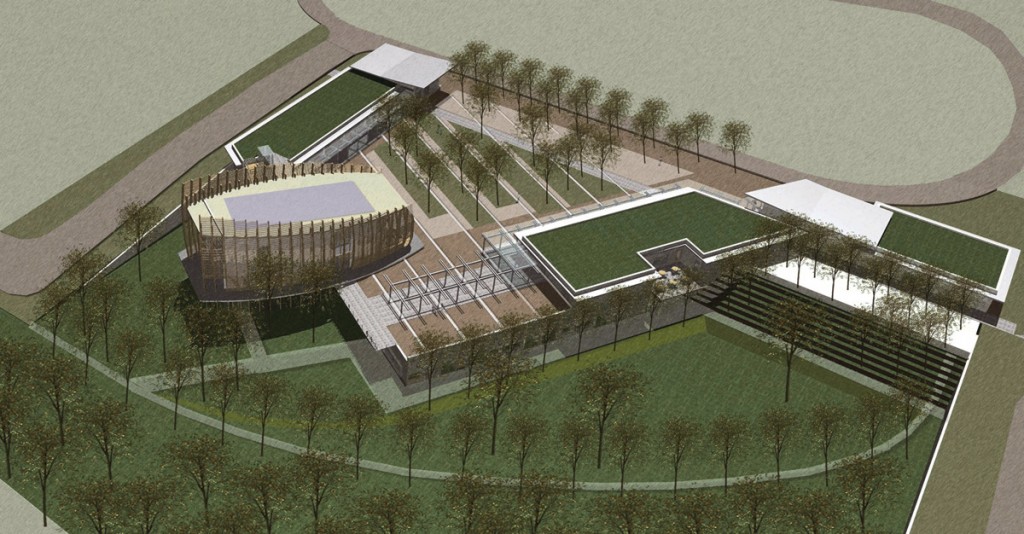Sustainable homes may seem like a luxury, but green design solutions can help close the wealth gap in the United States…
Mother trees that communicate to their seedlings, sending them nutrients? Trees that share information among species to ensure their mutual survival?…
Charlottesville, Virginia was recently visited, or more aptly invaded by, members of nearly fifty different organizations loosely falling under the umbrella of the Alt-Right…
Nature teaches us the importance of beauty for survival. Color in the plumage of birds, the smell of flowers are but two examples of natural selection …
True or false – adding insulation has diminishing returns? True, doubling the thickness of a roof insulation doubles the cost while halving the heat loss/gain, and half of a half is a quarter and half of that an eighth…. So, “How low should we go?” as some have asked.
The topic of size comes up a lot at architectural conferences. The issue is an important one for obvious reasons – bigger homes require more energy to heat and cool and more energy goes into the construction materials.
To understand how to build affordable green buildings, it’s useful to look toward low-income communities where these strategies are being applied at scale, where costs and paybacks are being measured.
Superinsulated and designed to meet Passivhaus standards, triple glazed windows, Huber Zip system, FSC certified woods and many other sustainable features.
Solar energy is becoming more affordable by the day (see blog post 3/16/2106). Before long, the cost for solar power will become cheaper than grid-sourced.
Teen filmmaker James Hill documentary showcases the Lewis & Clark Exploratory Center’s green features.
A new product will make solar energy dirt cheap. Solar power used to have a payback of about 20 years. The lifespan of photovoltaic (PV) panels was about 20 years, making solar a difficult sell given the high cost.
We consider a project unsatisfactory if it’s just beautiful. We consider a project unsatisfactory if it’s only green — or only functional. We consider a project falls short if it’s not a good fit for it’s natural setting or urban context.
We humans, occupants of the habitat we call The World, find ourselves in a predicament – confronted by a changing environment, we must adapt and do so quickly, achieving carbon neutrality by 2030
We design with the philosophy that engaging people in our buildings is key to a project’s success. We think a lot about how to create opportunities for discovery, for collaboration, for a conversation with nature
We believe in win-win solutions. Obstacles can be surmounted with creative thinking and a few skills. One area where architects can make a difference is in the public arena.
A sustainable architect needs to solve for more than would the typical designer. I liken our process to solving the Rubic’s cube – where all the goals, challenges and givens must be in alignment.
Passive solar design is well understood yet little considered at the community design level. New York City planners had the foresight to lay out the NYC street grid with solar aspect in mind.
Charlottesville VA architect Chris Hays talks with broadcaster Matthew Cutler-Welsh about how homes can improve your life.
She discusses why the building is at a Darwinian crossroads and it’s time to evolve an Architecture of the Fittest.
Lichen grows on the sunny side of the bark of a tree, capitalizing on the warm of the environment. I’m fascinated by the compass termite amitermes meridionalis, native to northern Australia, that builds its nest like a sundial.
Nature has more to teach us on size: Scientists are observing radical changes in body size in countless mammals, birds, insects, flowers… as a result of climate change.
The natural world has many examples of adaptation to climate. The northern white-tailed deer has a lower surface area to volume ratio than does its more diminutive southern cousin and radiates less body heat per unit of mass, allowing it to stay warmer in the colder climate.
In Aristotelian terms, techné, craftmanship, craft or art, was considered the imperfect practice of nature. Nature was regarded as teacher and keeper.
The developer-builder operates under a series of environmental pressures the most important of which is to sell homes while making a profit. The Developer-Builders consider first costs, first because profit equals marketability less first costs.
Those committed to changing the business-as-usual of the industry must define a new species of building, one that operates at scale.
If a single flap of a butterfly’s wings can be instrumental in generating a tornado, so also can all the previous and subsequent flaps of its wings…
Fossil records support a theory on evolution whereby isolated populations, subjected to a new environmental pressures adapt rapidly, often within several or a dozen generations.

